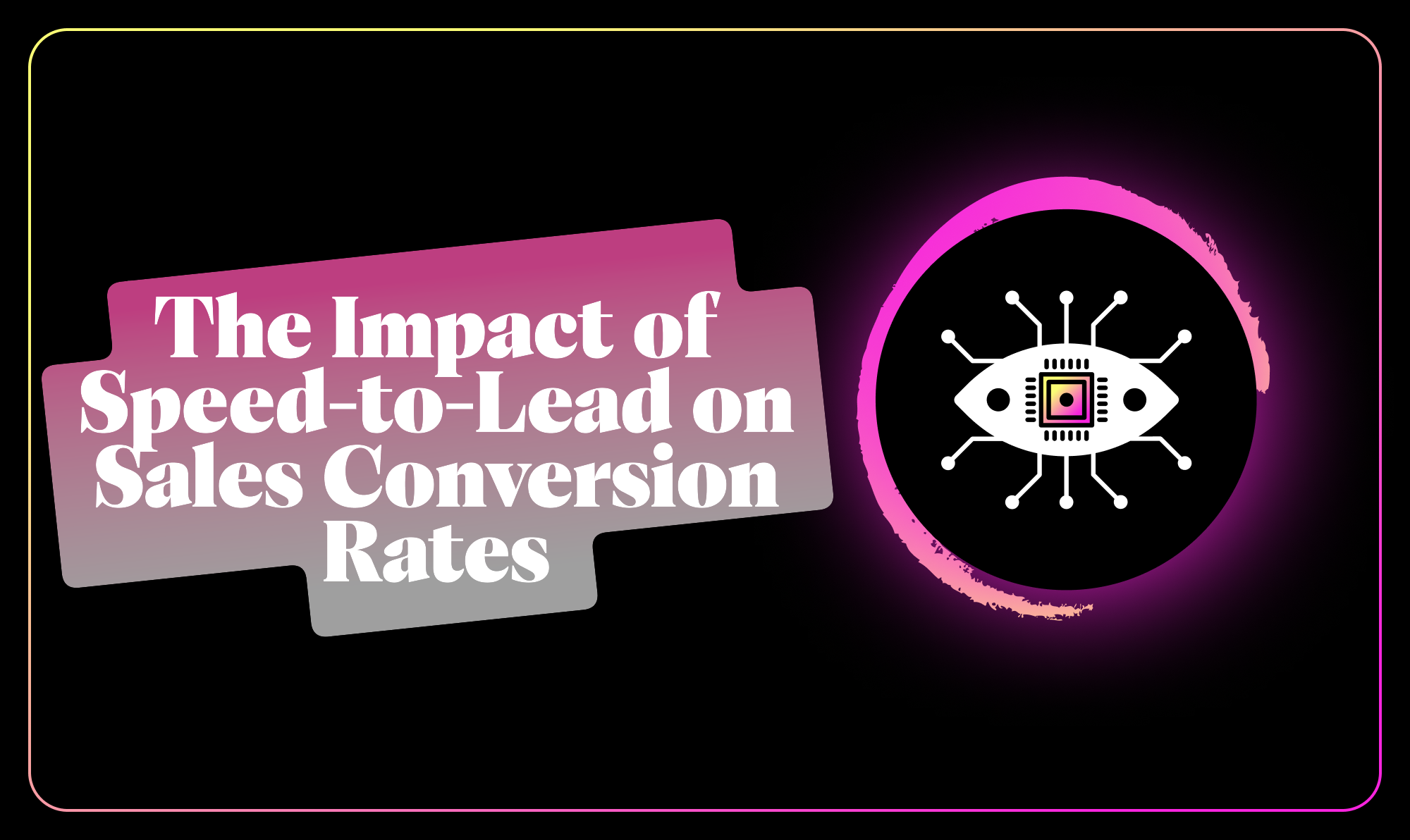
Discover why speed-to-lead is crucial for sales success. Learn how quick response times, supported by AI and automation, significantly boost lead qualification and conversion rates, ensuring your business stays ahead of the competition.
You know that feeling when a new lead comes in, and you're on it. You reach out quickly, while they're still thinking about your business. It feels good, and it usually pays off. But what happens when that lead sits in your inbox, or gets passed around a few times before someone makes contact? Well, chances are, that lead's going cold. And that's where speed-to-lead comes in.
So, what exactly is speed-to-lead? It's pretty simple. It's how fast your team responds to a new lead. Whether it's an email, a phone call, or a message through your website, the quicker you reach out, the better. You're catching that potential customer when they're actively interested in what you've got to offer. And trust me, that makes a huge difference.
Did you know…
55% of companies take more than five days to respond to leads. Only 7% respond within five minutes - SalesApe AI can make sure you’re top of that 7%
According to research by James Oldroyd, PhD, a Professor at Sloan School of Management,
MIT, response time was the single most important factor in lead qualification. More important than day or the week or time of day; it’s how quickly you respond that’s going to have the largest impact on converting that lead. You have a 164% higher chance of qualifying a lead based on when you contact it!
Leads decay over time, if someone’s gone to the effort of reaching out to you, they’re going to be in a conversion mindset there and then. The longer you leave it, the more time that lead has to decay.
Why's this so important? Let's break it down. When you respond to a lead quickly, you're not just being polite. You're actually increasing your chances of making a sale. Recent research shows a direct link between response time and conversion rates. You see, people have options. If they reach out to you and don't hear back for hours, they'll likely move on to your competitor. You want to be the first one there, right? It's like grabbing that low-hanging fruit – it's ripe and ready, but if you wait too long, someone else will snag it.
“How can we deliver personalized selling without spending all day doing it? Great reps listen closely and respond in kind, but also use technology to engage prospects with the right messages at the right times".
Cherilynn Castleman, Managing Partner and Sales Coach, CGI
Think about it from the customer's perspective. They've taken the time to reach out to you. They've shown interest in your product or service. If you respond quickly, you're showing them that you value their time and their interest. You're building trust from the very first interaction. And in today's market, where customers have so many choices, that trust is crucial.
Now, you might be thinking, "Yeah, but we get a lot of leads. It's hard to respond to everyone right away." And you're not wrong. Managing a high volume of leads can be tough. That's where having the right systems and processes in place makes all the difference. We're talking automation, folks. Things like automated email responses, lead routing in your CRM, and even setting up notifications for your sales team. These tools can help you cut down on response time and make sure no lead gets left behind.
In fact, studies show that automating parts of your lead management process can significantly speed up your response times. And when your team is working efficiently, and you're connecting with leads faster, you're going to see a boost in your conversion rates. It's all about making the most of every opportunity, and speed-to-lead is a huge part of that.
Did you know…
16% of a sales team members week is spent on prioritizing leads/opportunities, and prospecting.
You've worked hard to get those leads in the door. Don't let them slip away because of slow response times. Get those systems in place, train your team, and make speed-to-lead a priority. You'll be amazed at the difference it makes to your bottom line.